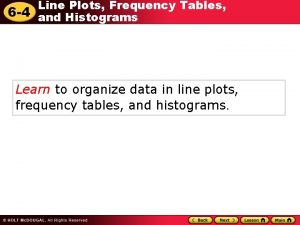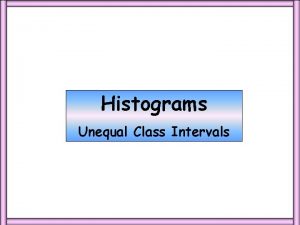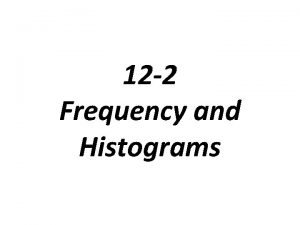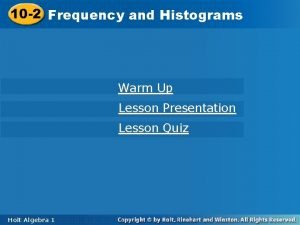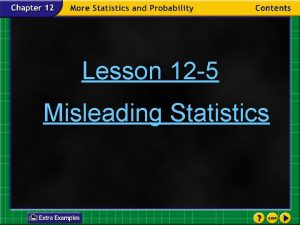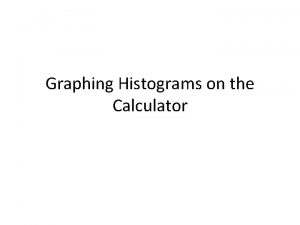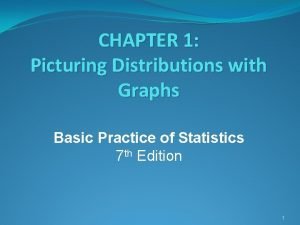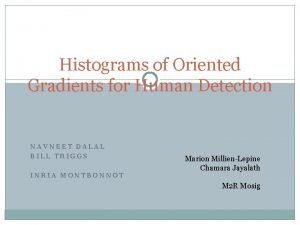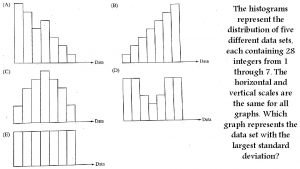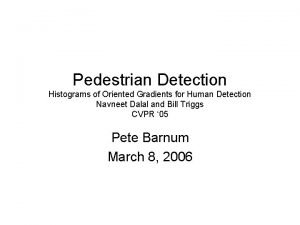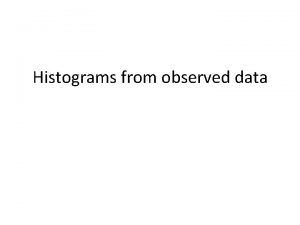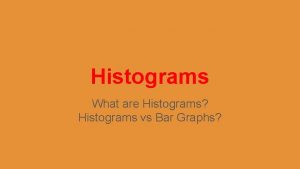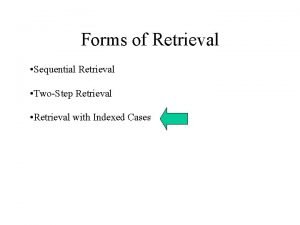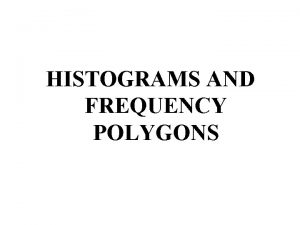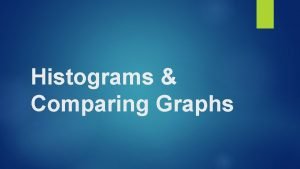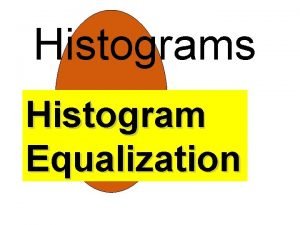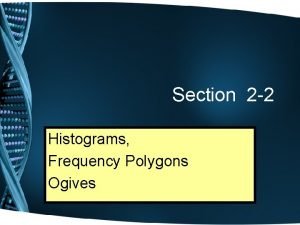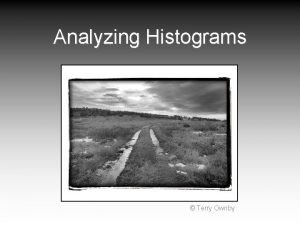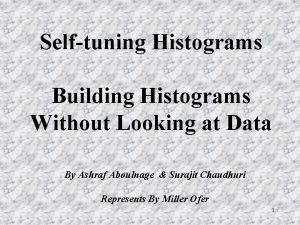Shape Analysis and Retrieval Shape Histograms Ankerst et













- Slides: 13

Shape Analysis and Retrieval Shape Histograms Ankerst et al. 1999 Notes courtesy of Funk et al. , SIGGRAPH 2004

Shape Histograms • Shape descriptor stores a histogram of how much surface resides at different bins in space Model Shape Histogram (Sectors + Shells)

Boundary Voxel Representation • Represent a model as the (anti-aliased) rasterization of its surface into a regular grid: – A voxel has value 1 (or area of intersection) if it intersects the boundary – A voxel has value 0 if it doesn’t intersect Model Voxel Grid

Boundary Voxel Representation • Properties: – Invertible – 3 D array of information – Can be defined for any model Point Clouds Polygon Soups Closed Meshes Shape Spectrum Genus-0 Meshes

Retrieval Results

Histogram Representations • Challenge: – Histogram comparisons measure overlap, not proximity.

Histogram Representations • Solution: – Quadratic distance form:

Histogram Representations • Solution: – Quadratic distance form: M is a symmetric matrix and can be expressed as: O is a rotation and D is diagonal with positive entries. Taking the square root:

Histogram Representations • Solution: – Quadratic distance form factors: If v=(v 1, …, vn), we have: That is, M 1/2(v) is just the convolution of v with some filter.

Convolving with a Gaussian • The value at a point is obtained by summing Gaussians distributed over the surface of the model. ü Distributes the surface into adjacent bins û Blurs the model, loses high frequency information Surface Gaussian convolved surface

Gaussian EDT • The value at a point is obtained by summing the Gaussian of the closest point on the model surface. ü Distributes the surface into adjacent bins ü Maintains high-frequency information max Surface Gaussian EDT [Kazhdan et al. , 2003]

Gaussian EDT • Properties: – – Invertible 3 D array of information Can be defined for any model Difference measures proximity between surfaces Point Clouds Polygon Soups Closed Meshes Shape Spectrum Genus-0 Meshes

Retrieval Results
 Frequency tables and histograms 14-5
Frequency tables and histograms 14-5 Lesson 9-3 histograms and box plots
Lesson 9-3 histograms and box plots Histogram with unequal class width
Histogram with unequal class width Uniform symmetric or skewed
Uniform symmetric or skewed Histogram algebra 1
Histogram algebra 1 Misleading histograms
Misleading histograms Worksheet b
Worksheet b How to make histogram on ti 84
How to make histogram on ti 84 Cumulative frequency polygon median
Cumulative frequency polygon median One advantage of stemplots over histograms is that
One advantage of stemplots over histograms is that Histograms of oriented gradients for human detection
Histograms of oriented gradients for human detection The histograms below represent the distribution of five
The histograms below represent the distribution of five Histograms of oriented gradients for human detection
Histograms of oriented gradients for human detection Histograms
Histograms
